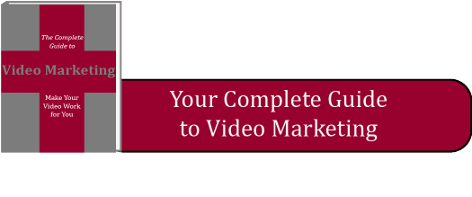You see it all the time, and you hate it. What was once love has become disgust.
Yep, I am talking about your website. You thought it was awesome at first but slowly time has gone by and everything now just looks so blah. Your competitors have great new sites, and it is time for a website redesign of your own.
However, a redesign is not something to launch into willy-nilly. Sure you have an old website. In fact, you have started to refer to it as the “old website “ in your internal monologue.
But to love your “new website,” you need to go into it with some reasonable expectations and a plan. Here is what you need to know to make your website redesign as effective as possible.
Goals: You need to have clear goals when it comes to your website redesign. What do you want to accomplish? What do you want your new website to do?
Most people want a few different things from their websites.
Creative: First you want it to accurately represent your brand. Remember your brand is everything about you. The font, the text colors, the background design you choose, all of this is within your brand.
Plan to have an idea of what you want your site to look like. Look at competitor’s sites. How do they look? How can you separate yourself? Also, look at sites outside of the industry.
Don’t get seduced by super-modern sites, unless your audience is very tech-savvy.
Leads: Second you probably want more leads. However, be aware that website redesign alone is not going to garner you more leads.
What gets you leads is compelling content, items that are valuable to your audience and helps them solve a problem. If you can add that to your new website now, you have a chance to get more leads.
Messaging: Spend some time to make sure that your website is going to reflect your overall message. A good website design company is not just going to step into a project. They will want to know what is your message, the USP and see how they can help you with your marketing.
Look at your audience: What problem do they have? How can you assist in resolving their problems using your website? Granted you won’t give away everything, but you need to give value on both sides of the sale. If you give value before a sale, then you are a perceived as a partner. If you only give value after, you are a vendor. Who do you think has a longer relationship?
Yep, you guessed it. So be as helpful as possible before the sale.
Involvement: How involved do you want to be in the website redesign? This can scale all the way to giving your plan to a company that does website design and saying go to it, to performing the website design yourself.
Working with an outside marketing firm is going to give you insight into what will make your website more useful. However, it will be more expensive.
Interested in more tips on building a great website? Download our website design guide now.






